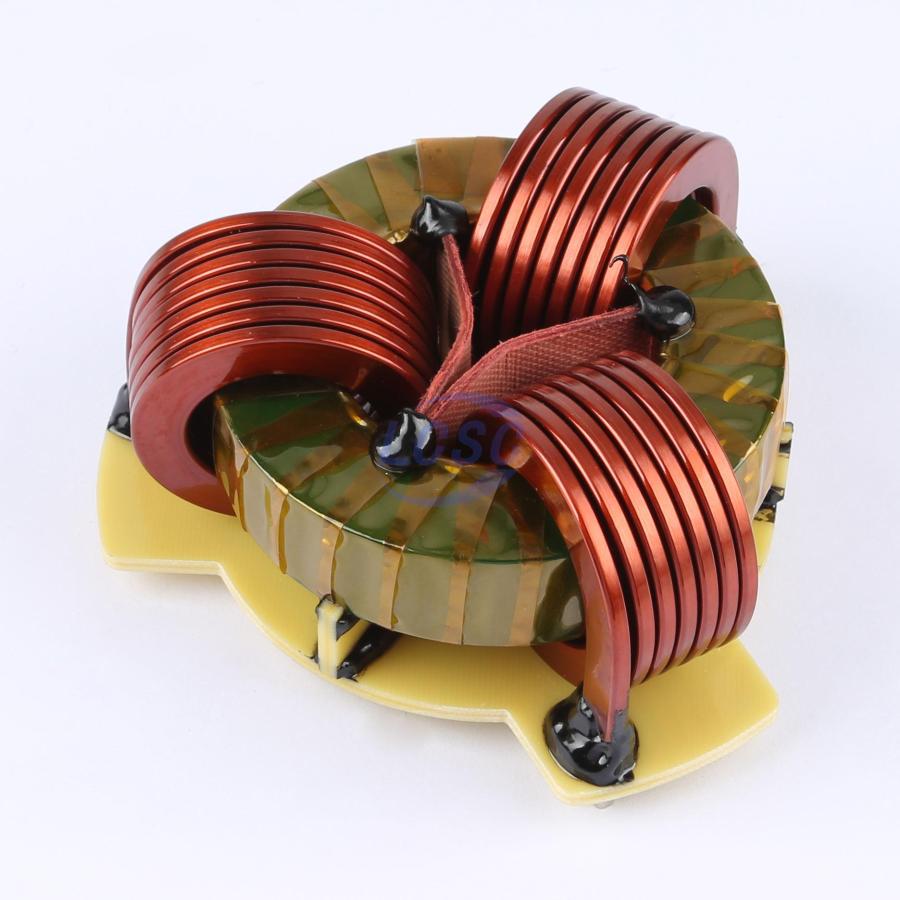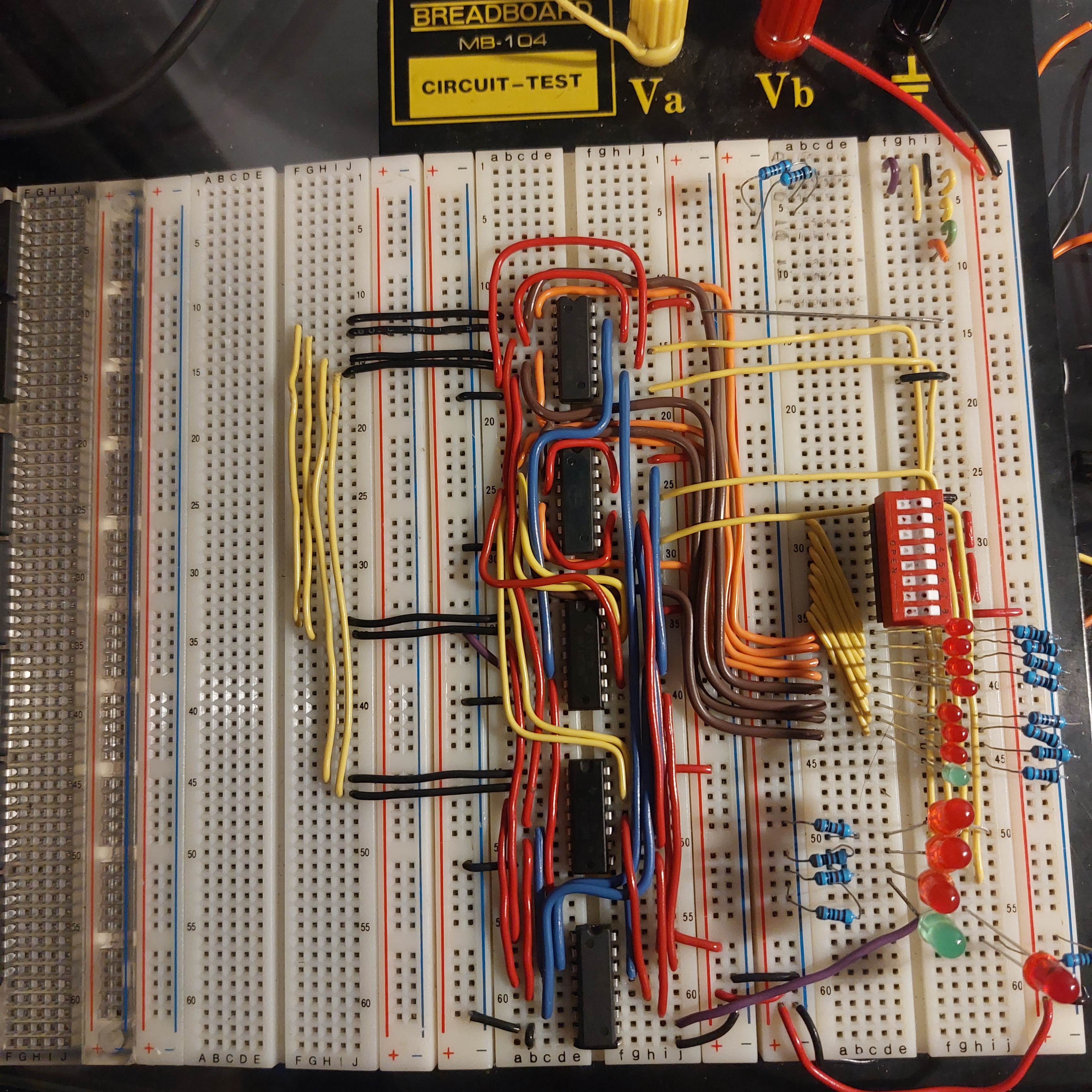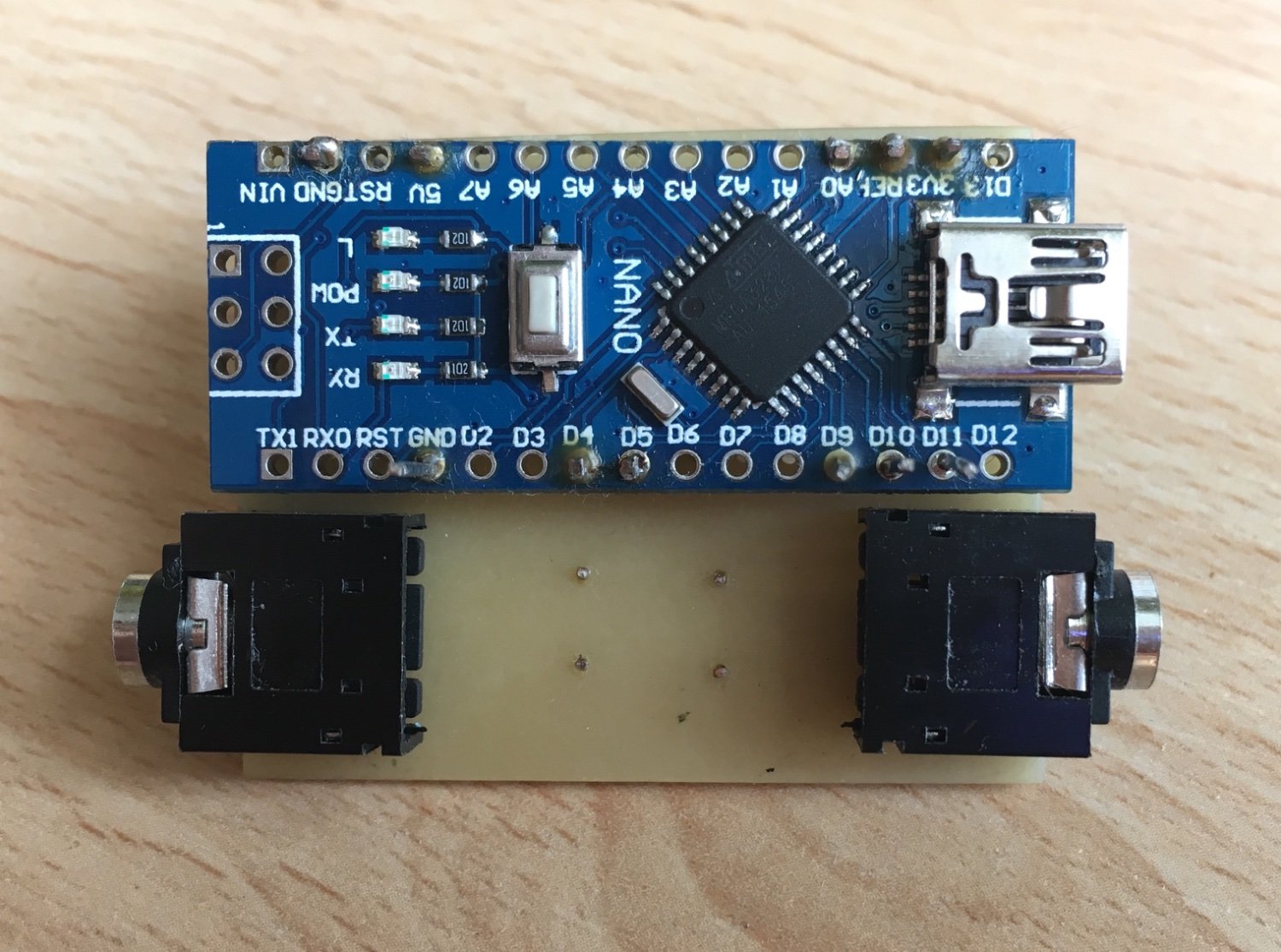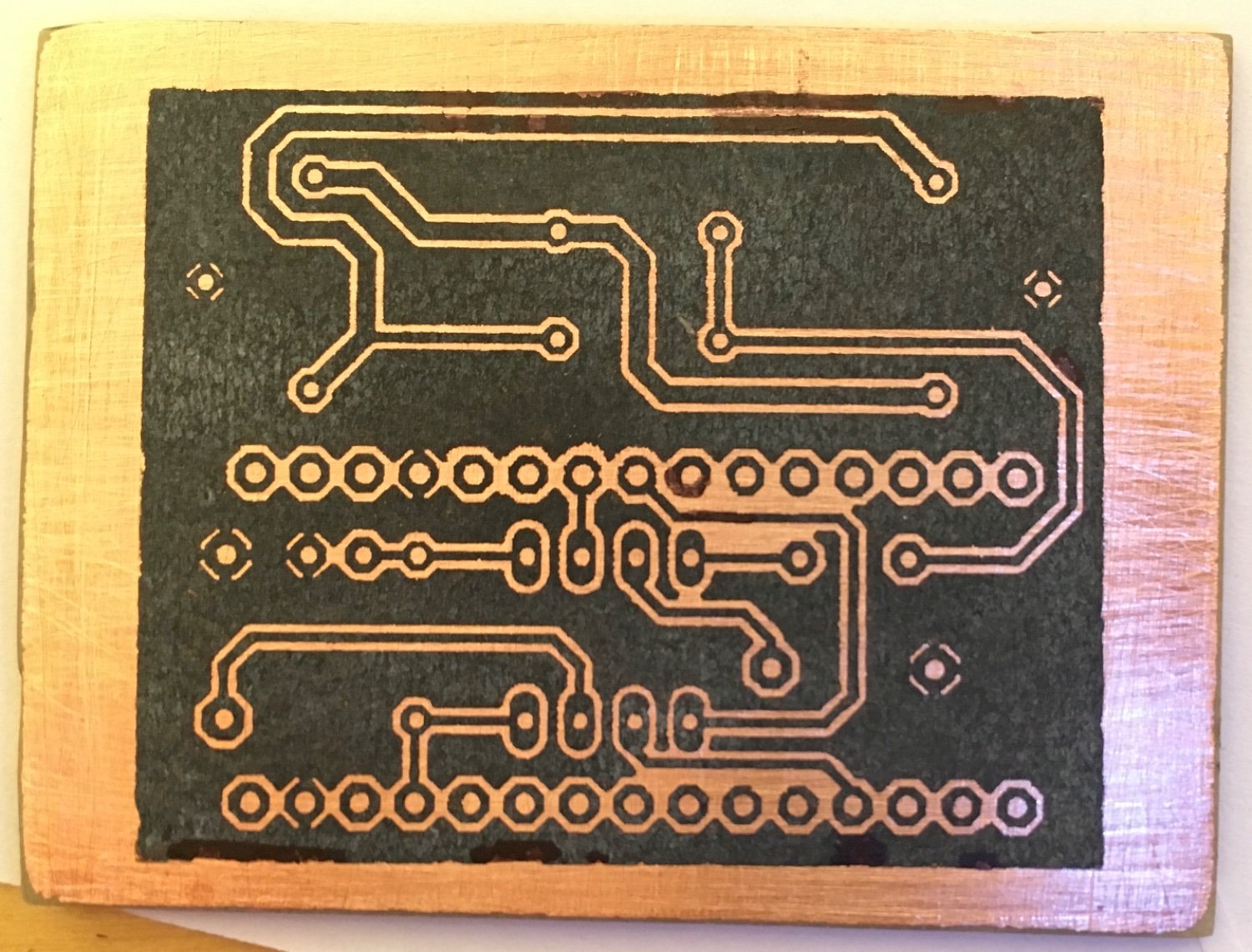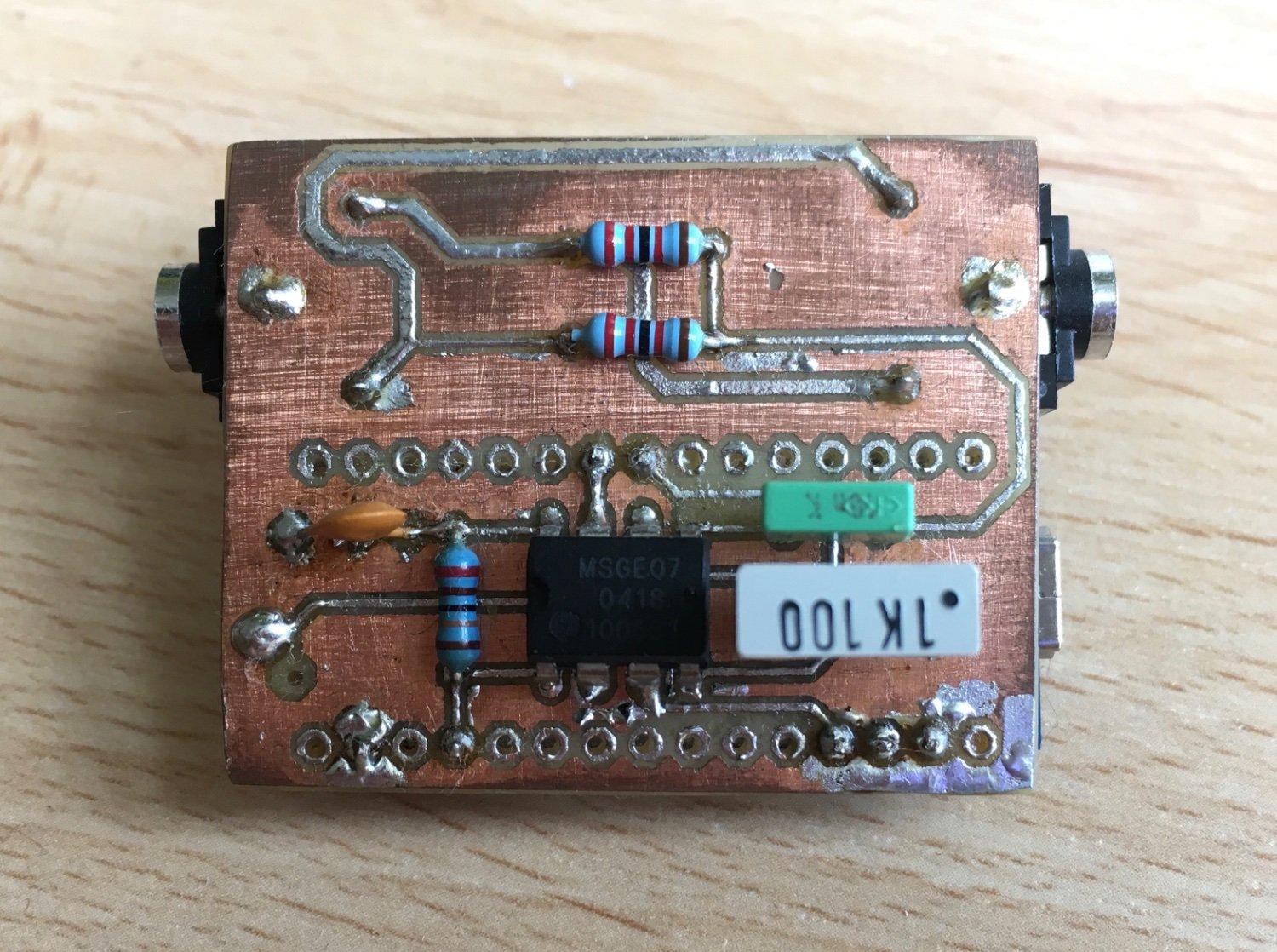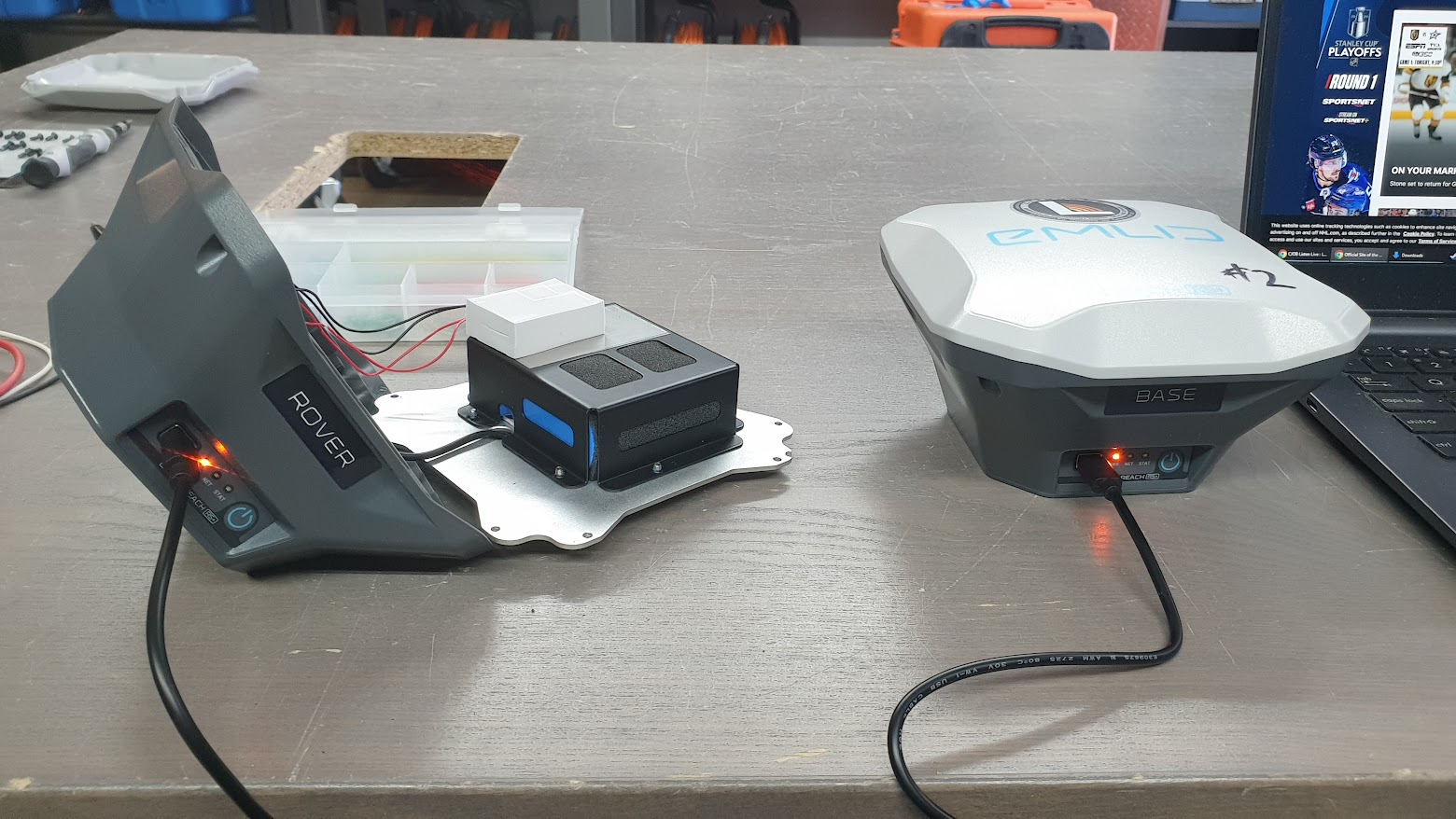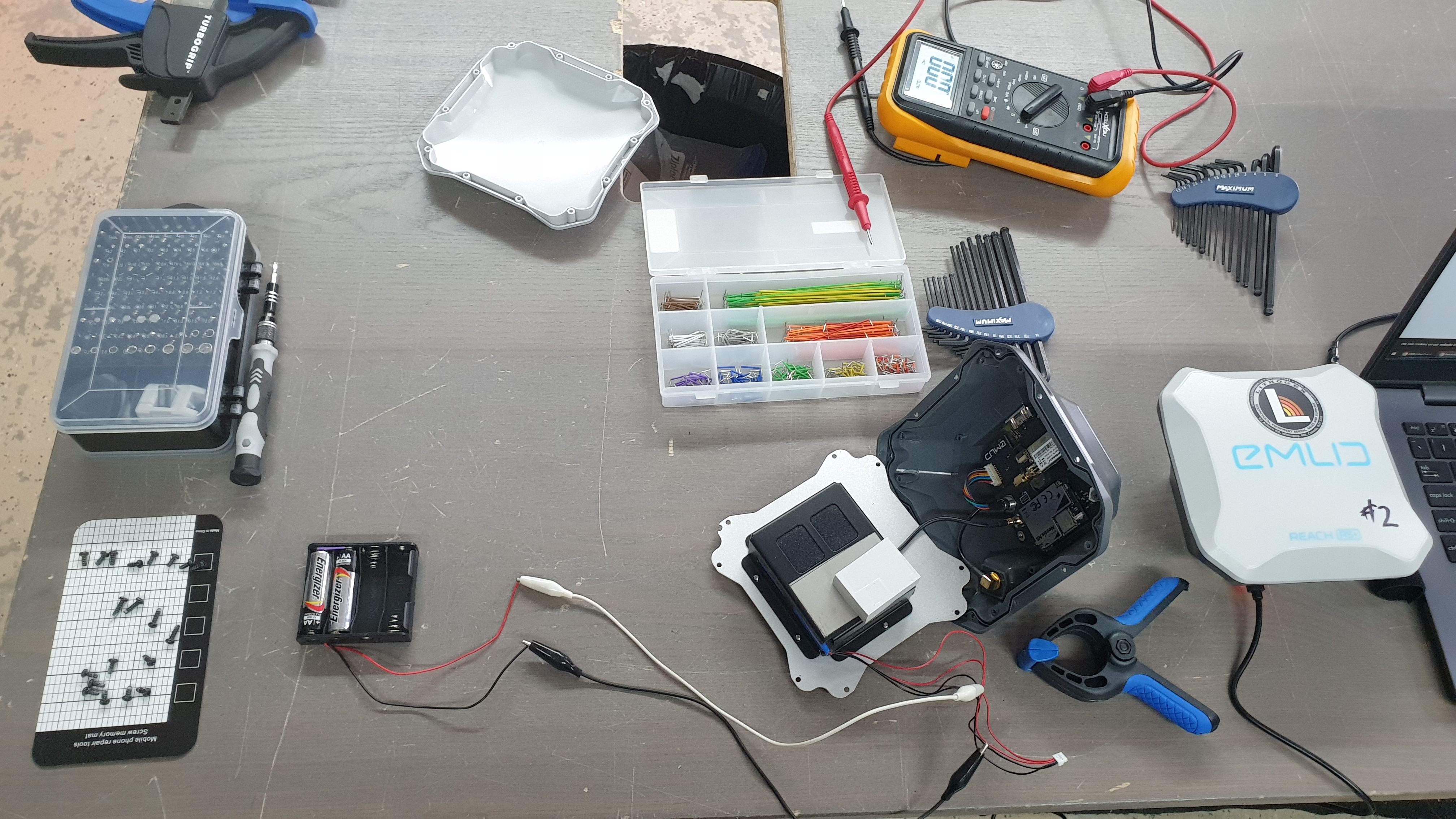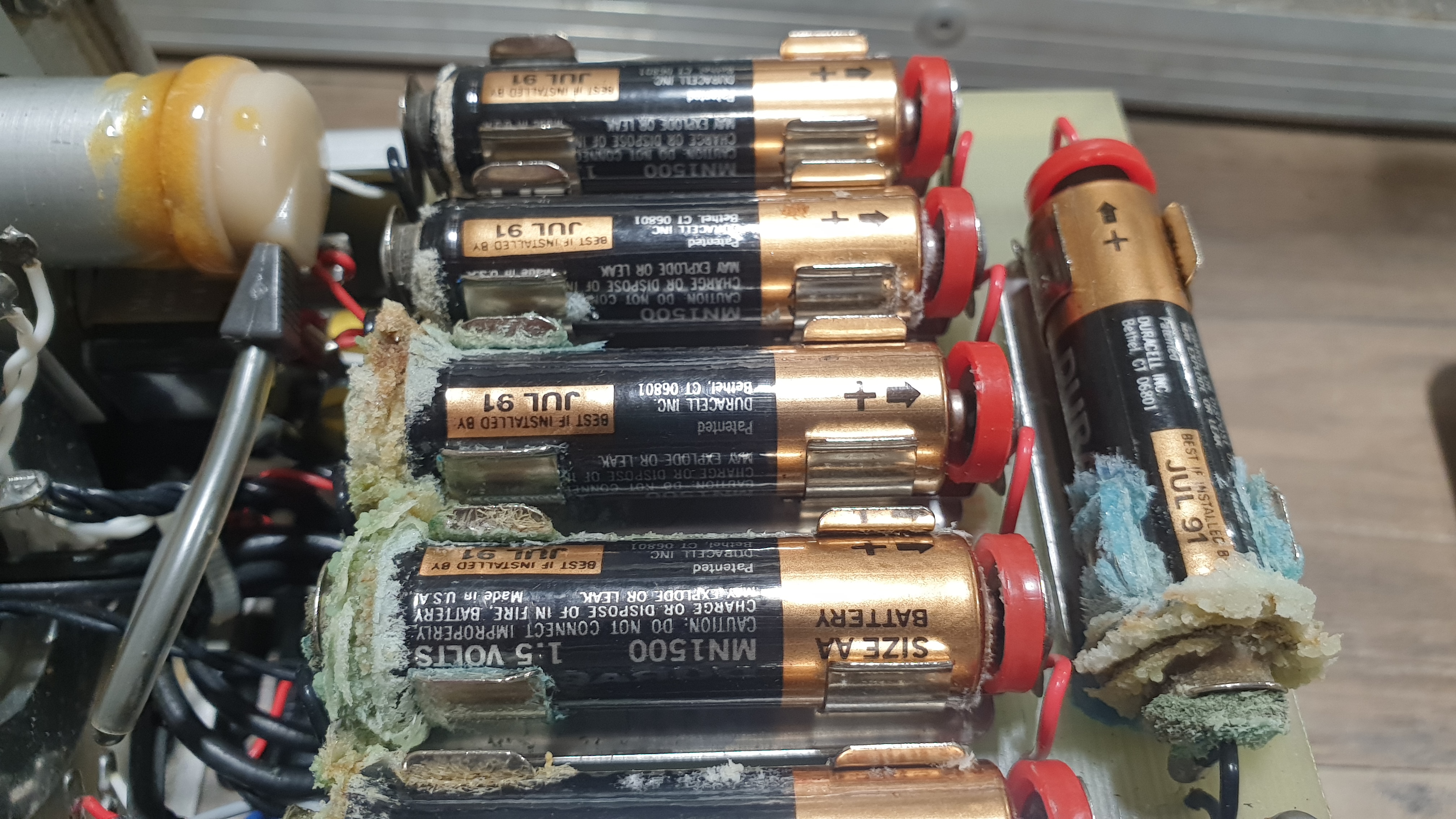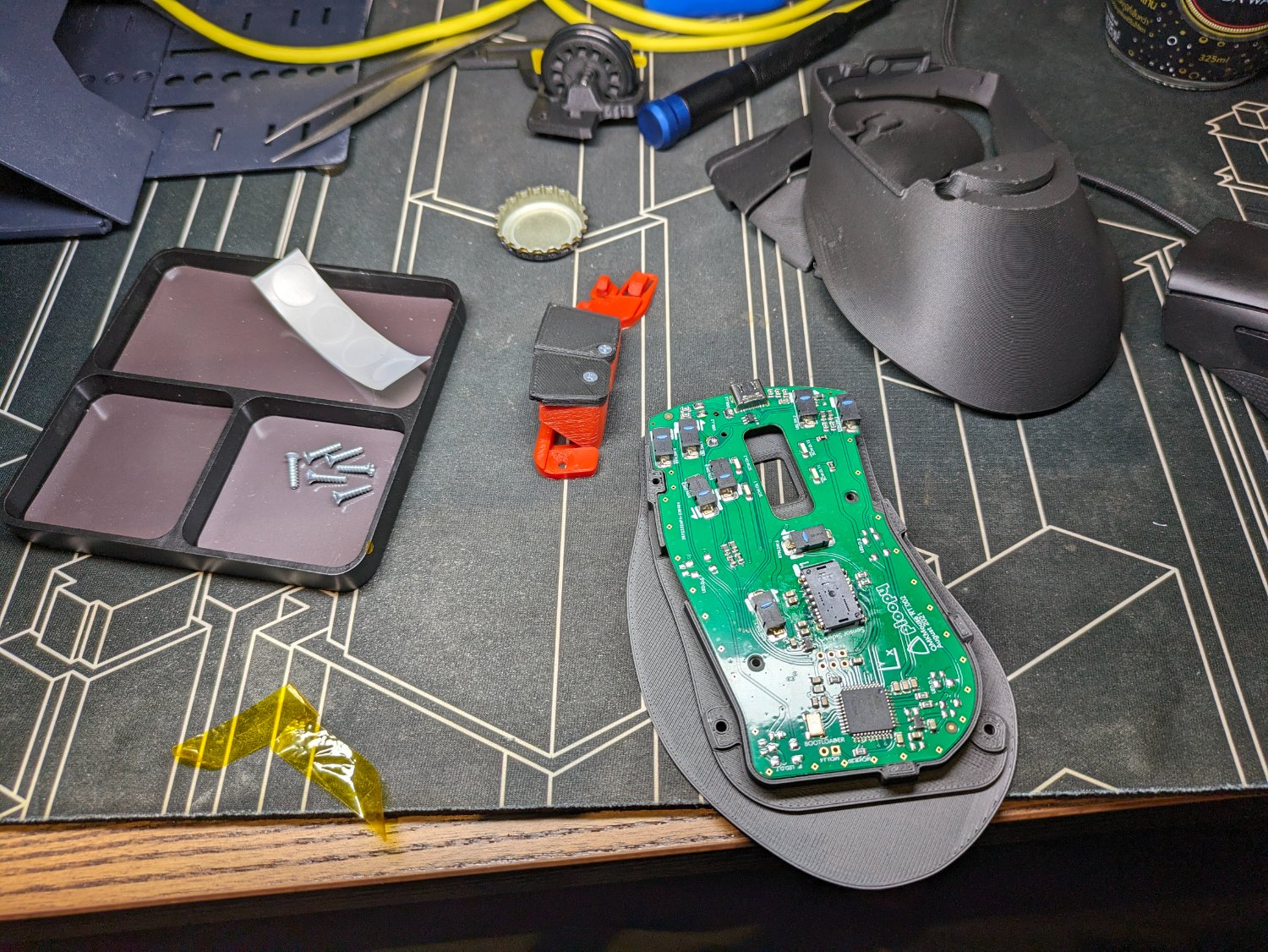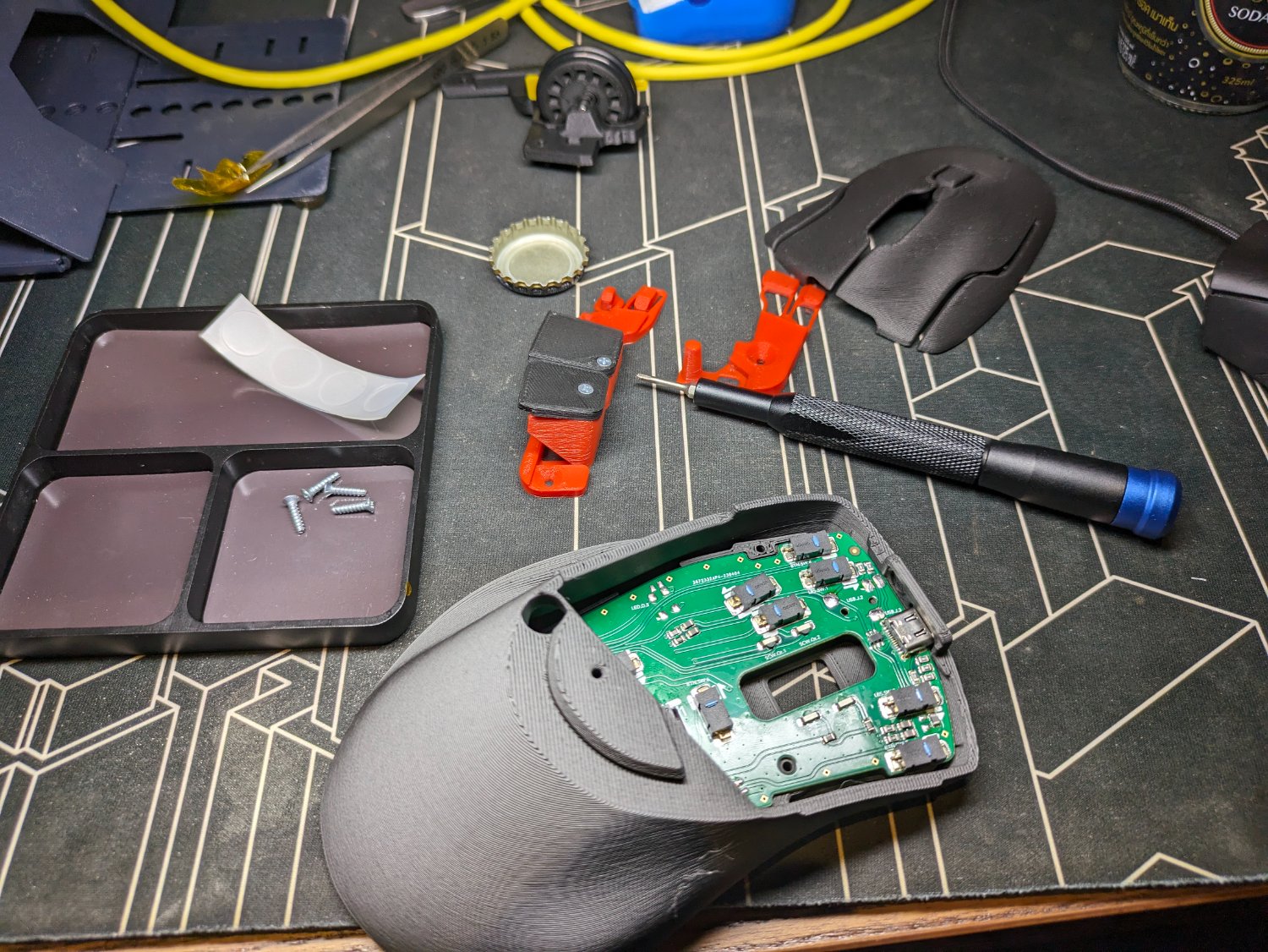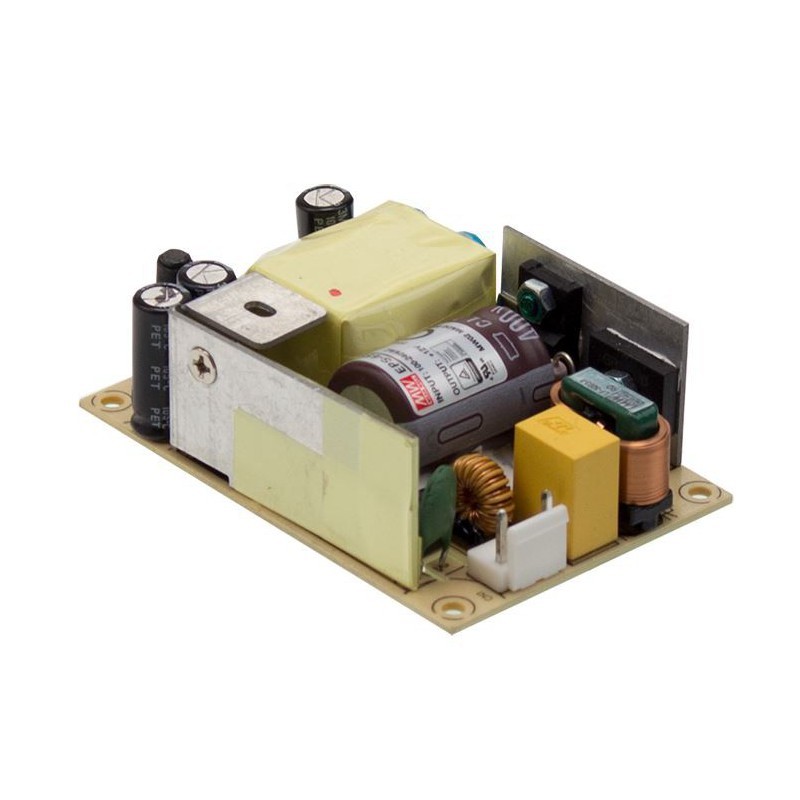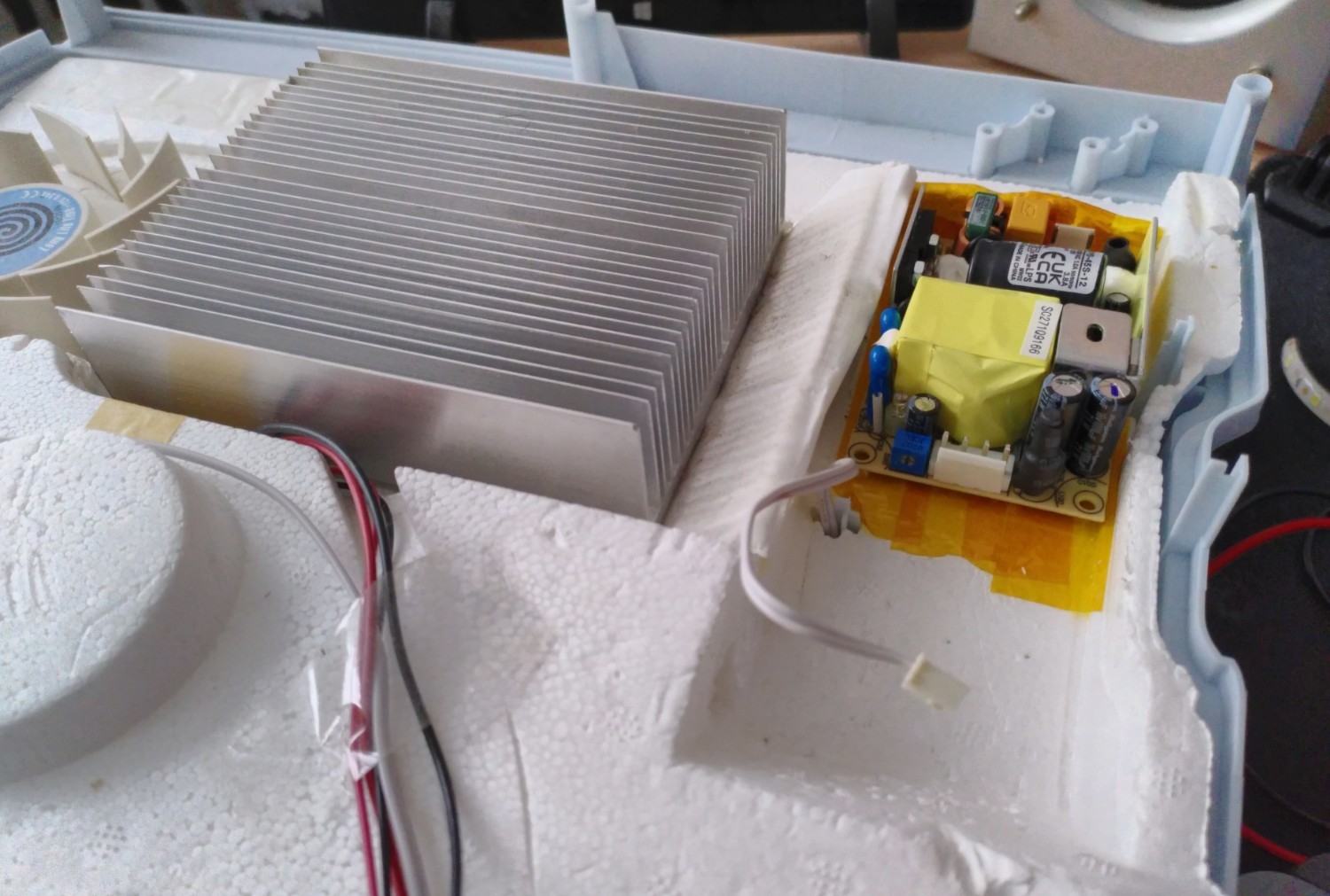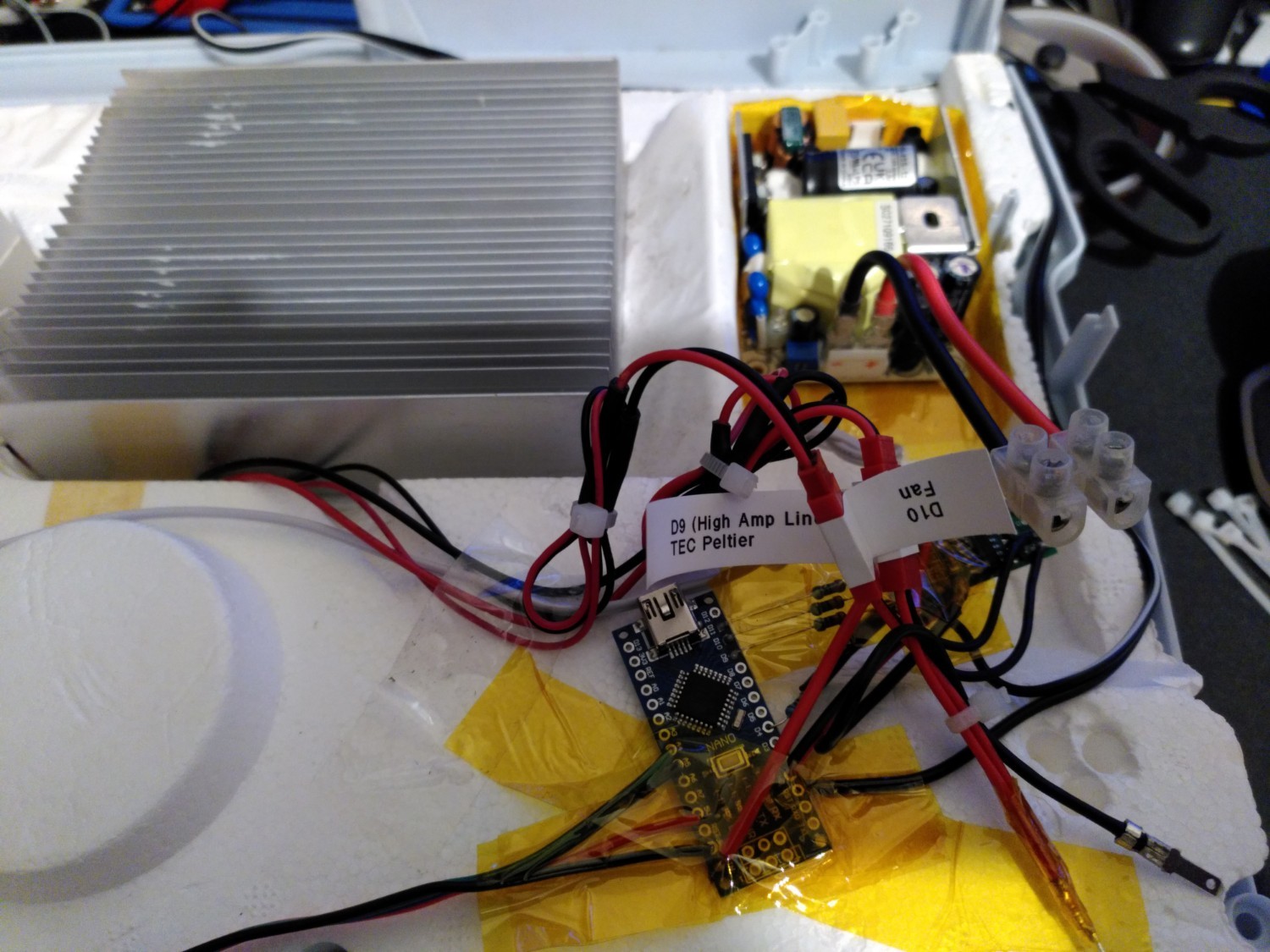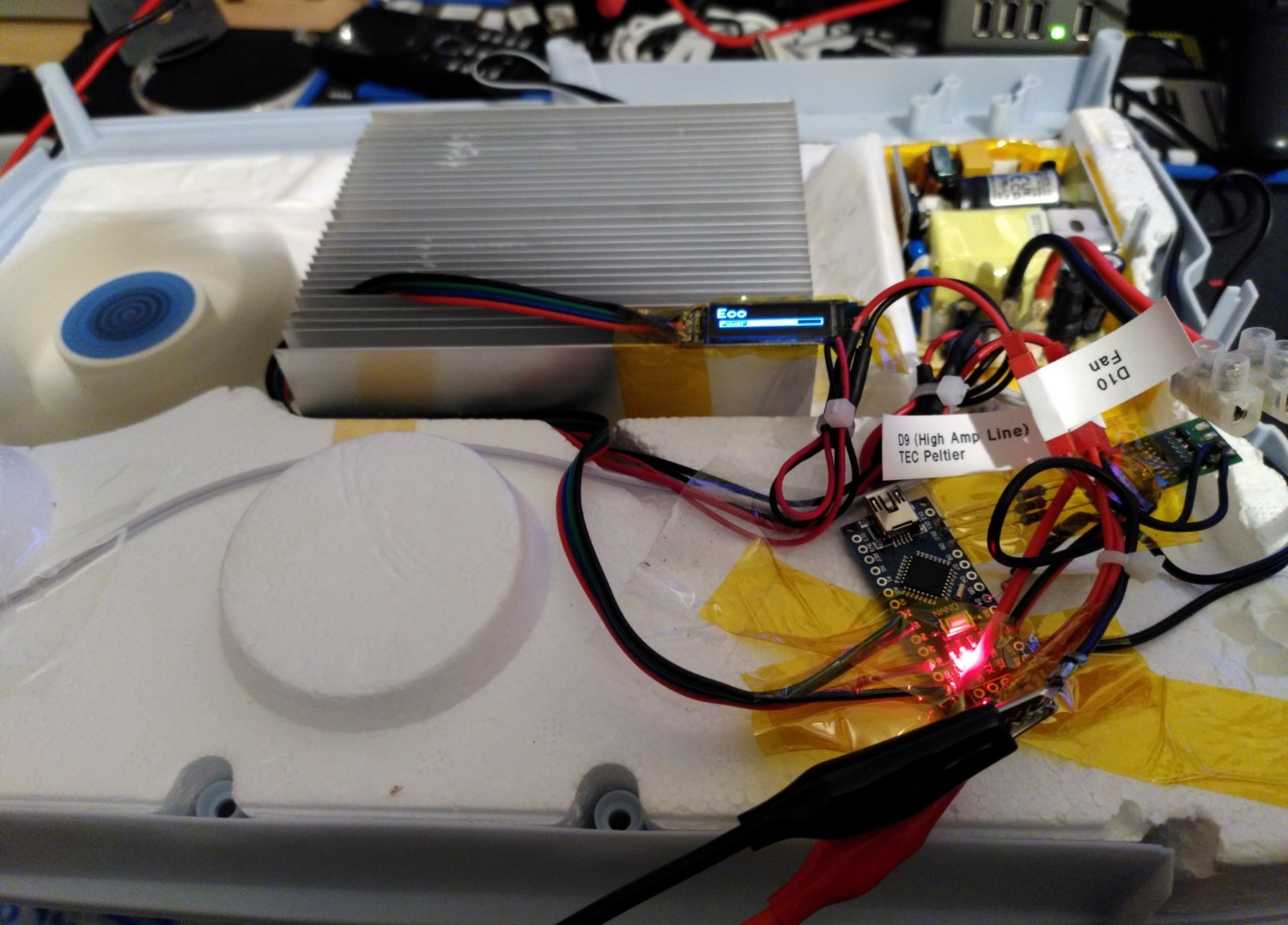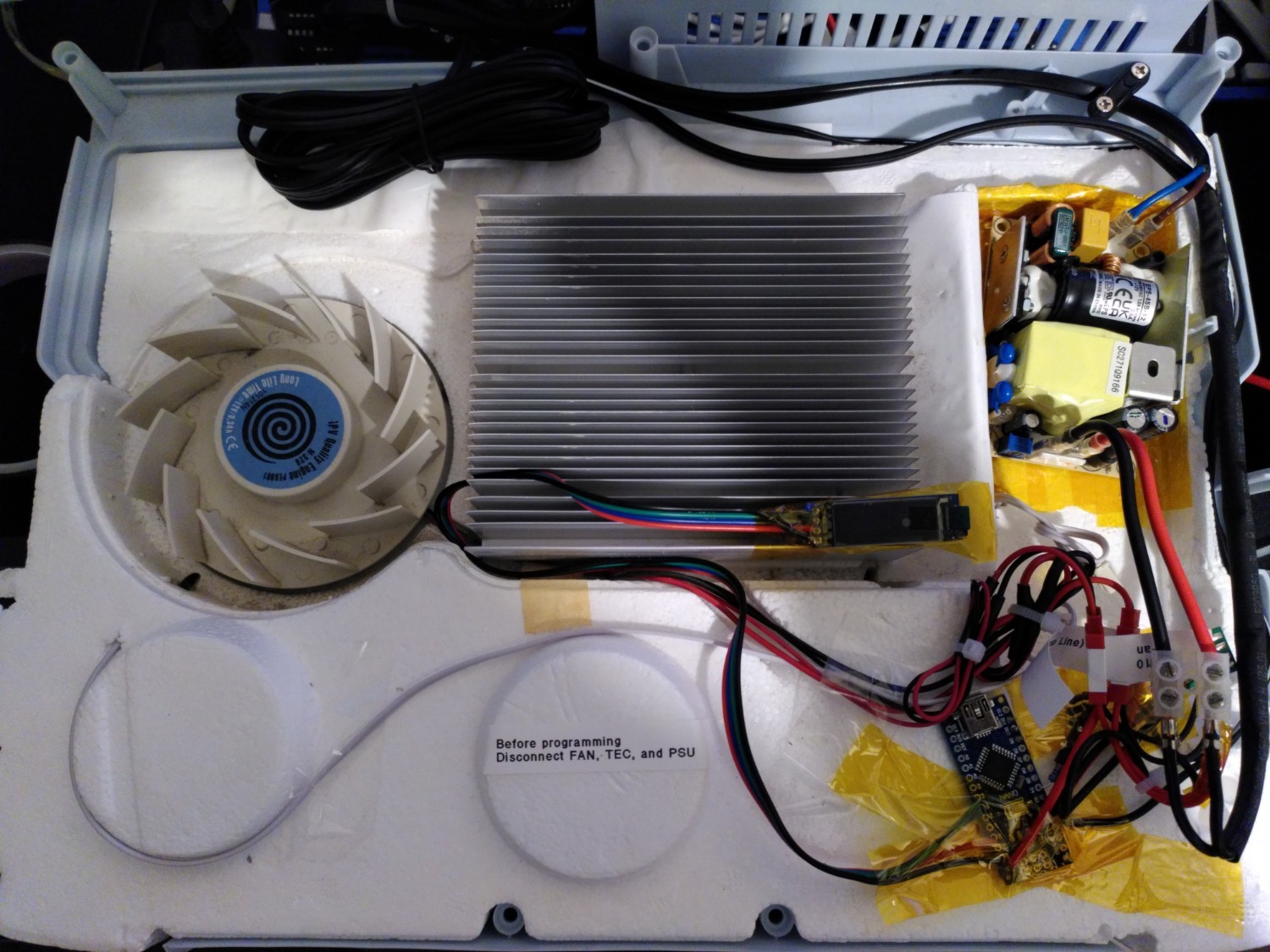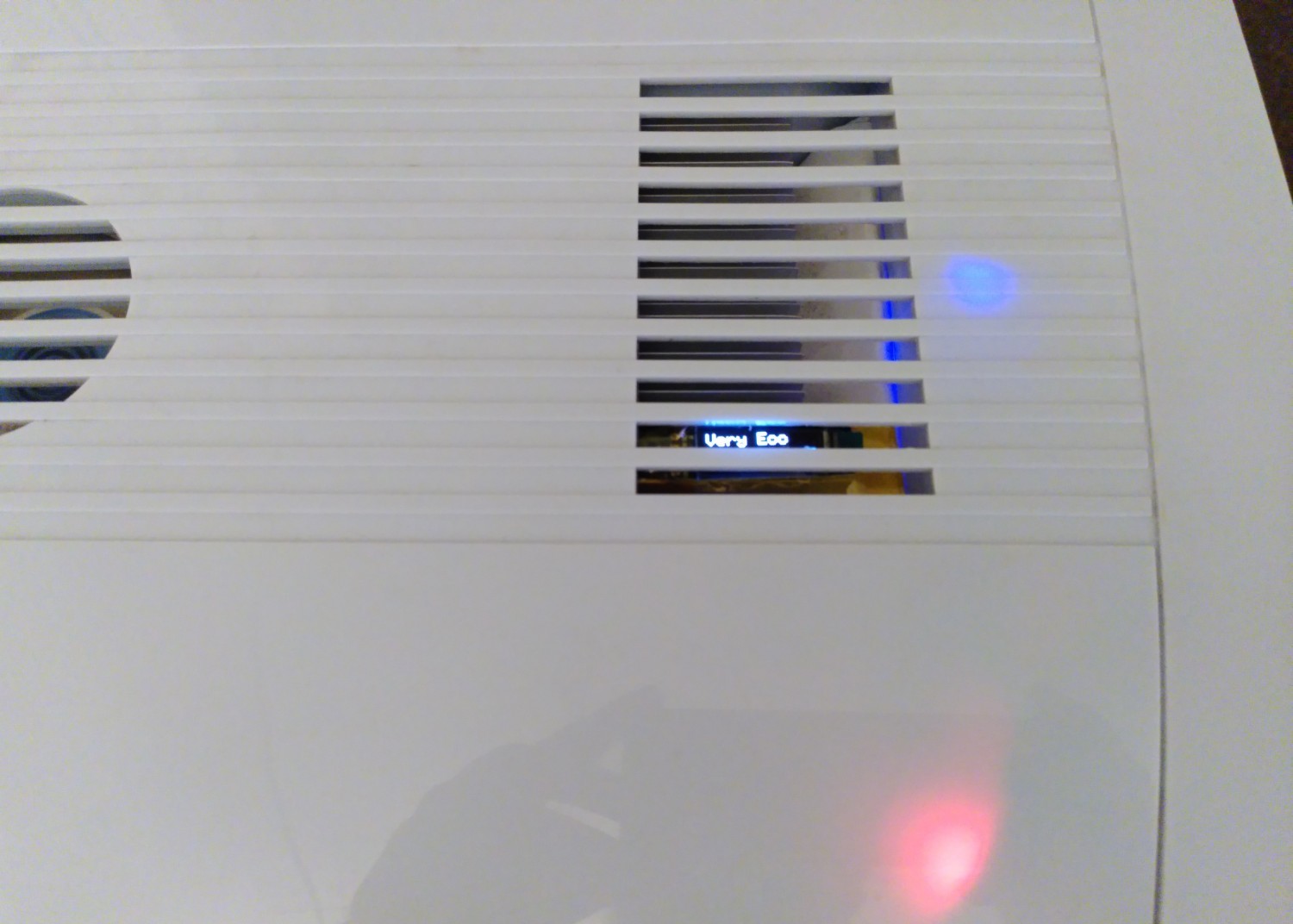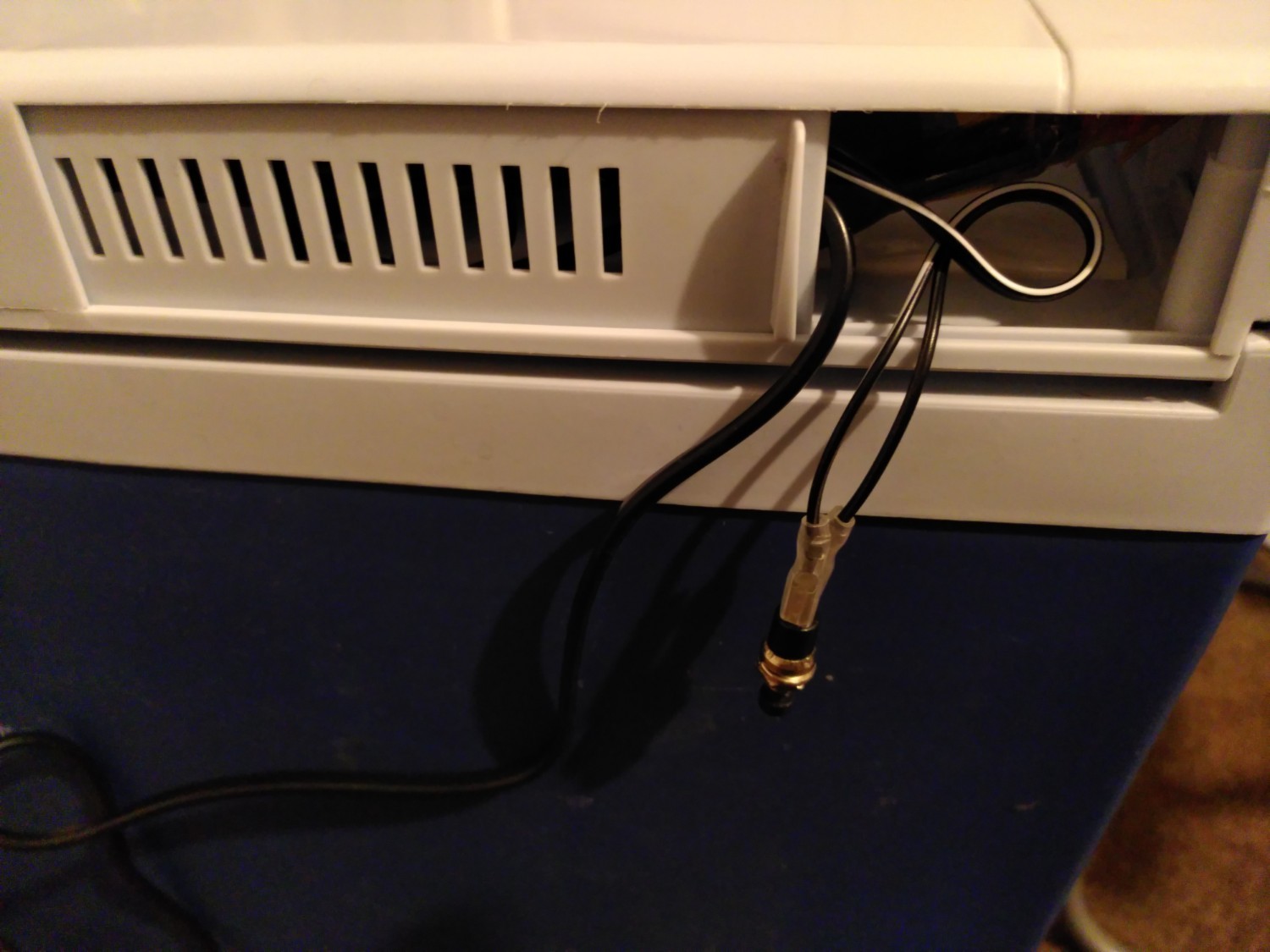Electronics
2230 readers
1 users here now
Projects, pictures, industry discussions and news about electronic engineering & component-level electronic circuits.
Rules
1: Be nice.
2: Be on-topic (eg: Electronic, not electrical).
3: No commercial stuff, buying, selling or valuations.
4: No circuit design or repair, tools or component questions.
5: No excessively promoting your own sites, social media, videos etc.
Ask questions in https://discuss.tchncs.de/c/askelectronics
founded 2 years ago
MODERATORS
1
2
3
24
Maker builds cool Raspberry Pi Home dashboard with an old touchscreen monitor
(www.tomshardware.com)
4
5
6
7
8
9
10
11
12
13
14
15
16
17
18
19
20
22
23
24
25
view more: next ›

